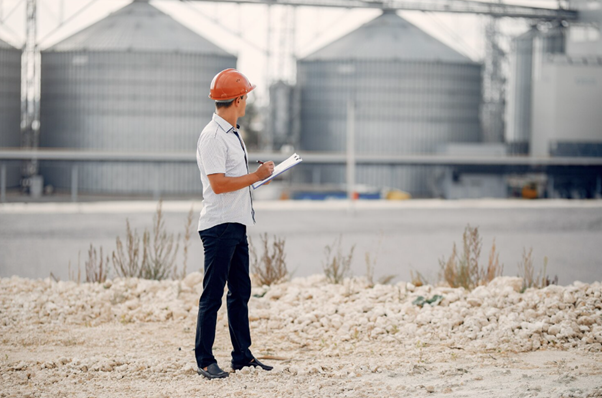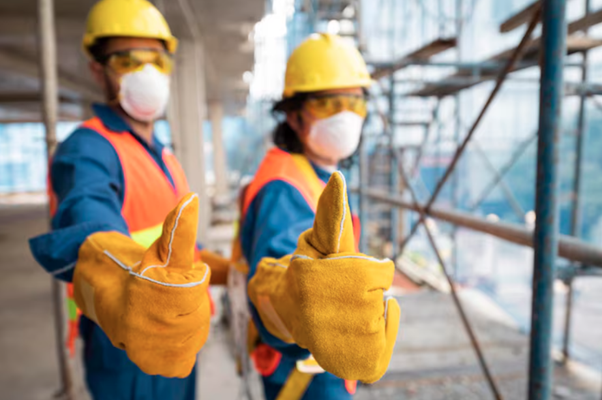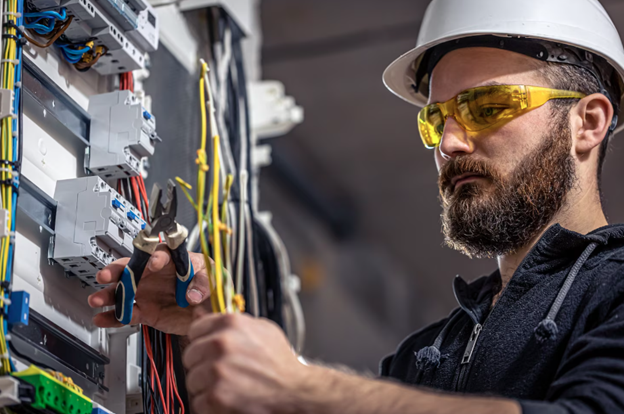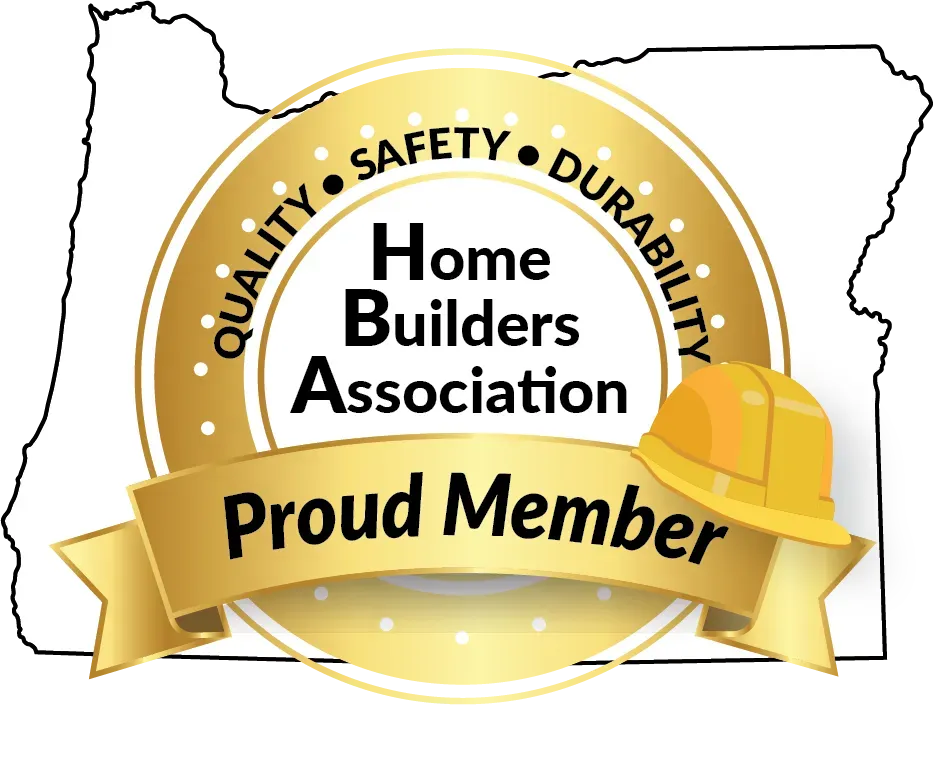Hard Hats vs. Safety Helmets: Which Is Better for Workplace Safety?
Sometime it's preference

When it comes to workplace safety, especially in industries like construction, manufacturing, and mining, head protection is paramount. Traditionally, hard hats have been the go-to choice for protecting workers from head injuries. However, safety helmets have emerged as a modern alternative, offering additional features and benefits. In this article, we will explore the differences between hard hats and safety helmets, and discuss which option might be better for ensuring safety on the job.
Hard Hats: A Time-Tested Solution
Hard hats have been a staple in workplace safety for over a century. Designed to protect workers from falling objects and other head injuries, hard hats are known for their durability and reliability. Here are some key features and benefits of hard hats:
- Durability: Made from materials like high-density polyethylene (HDPE) and fiberglass, hard hats are built to withstand harsh conditions and impacts.
- Affordability: Hard hats are generally less expensive than safety helmets, making them a cost-effective option for many businesses.
- Easy to Use: With a simple design, hard hats are easy to put on, adjust, and remove. Most models feature an adjustable suspension system to ensure a secure fit.
- Customization: Hard hats can be customized with company logos, reflective strips, and other accessories, making them versatile for various industries.
However, hard hats also have some limitations:
- Limited Impact Protection: While hard hats provide good protection against falling objects, they offer less protection against impacts from the sides and rear.
- Comfort Issues: Hard hats can be uncomfortable to wear for extended periods, especially in hot and humid conditions.
- Limited Additional Features: Hard hats typically lack integrated features like chin straps, ventilation, and face shields.
Safety Helmets: The Modern Alternative
Safety helmets, often referred to as industrial helmets, are becoming increasingly popular in the workplace. Inspired by helmets used in sports like climbing and cycling, safety helmets offer enhanced protection and additional features. Here are some advantages of safety helmets:
- Enhanced Impact Protection: Safety helmets provide 360-degree protection, including side and rear impact resistance. This is crucial in environments where hazards can come from any direction.
- Integrated Chin Straps: Most safety helmets come with integrated chin straps, ensuring the helmet stays securely in place during a fall or impact.
- Comfort and Fit: Safety helmets are designed with comfort in mind. Many models feature adjustable padding, ventilation systems, and ergonomic designs to reduce discomfort during long work shifts.
- Additional Features: Safety helmets often include features like built-in face shields, earmuffs, and communication systems, providing comprehensive protection and convenience.
- Modern Materials: Made from advanced materials like polycarbonate and ABS plastic, safety helmets are lightweight yet incredibly strong.
Despite their advantages, safety helmets also have some drawbacks:
- Higher Cost: Safety helmets are typically more expensive than hard hats, which can be a concern for budget-conscious companies.
- Training Required: Workers may need additional training to properly adjust and use safety helmets, particularly with integrated features.
Choosing the Right Head Protection
When deciding between hard hats and safety helmets, it's important to consider the specific needs of your workplace and the types of hazards present. Here are some factors to keep in mind:
- Risk Assessment: Conduct a thorough risk assessment to identify the types of hazards workers may face. If side and rear impacts are a significant concern, safety helmets may be the better choice.
- Comfort and Fit: Consider the comfort and fit of the head protection, especially for workers who wear it for long periods. Safety helmets often provide better comfort and ergonomic support.
- Budget: Evaluate your budget and the cost-effectiveness of each option. While safety helmets are more expensive, their enhanced protection and features may justify the investment.
- Industry Standards: Check industry standards and regulations to ensure the chosen head protection meets all safety requirements. Both hard hats and safety helmets should be compliant with standards like ANSI/ISEA Z89.1-2014.
Conclusion
Both hard hats and safety helmets play a crucial role in protecting workers from head injuries in hazardous environments. While hard hats are a tried-and-true solution with a lower cost, safety helmets offer modern features and enhanced protection. By carefully evaluating the specific needs of your workplace, you can make an informed decision that prioritizes the safety and well-being of your workers.













